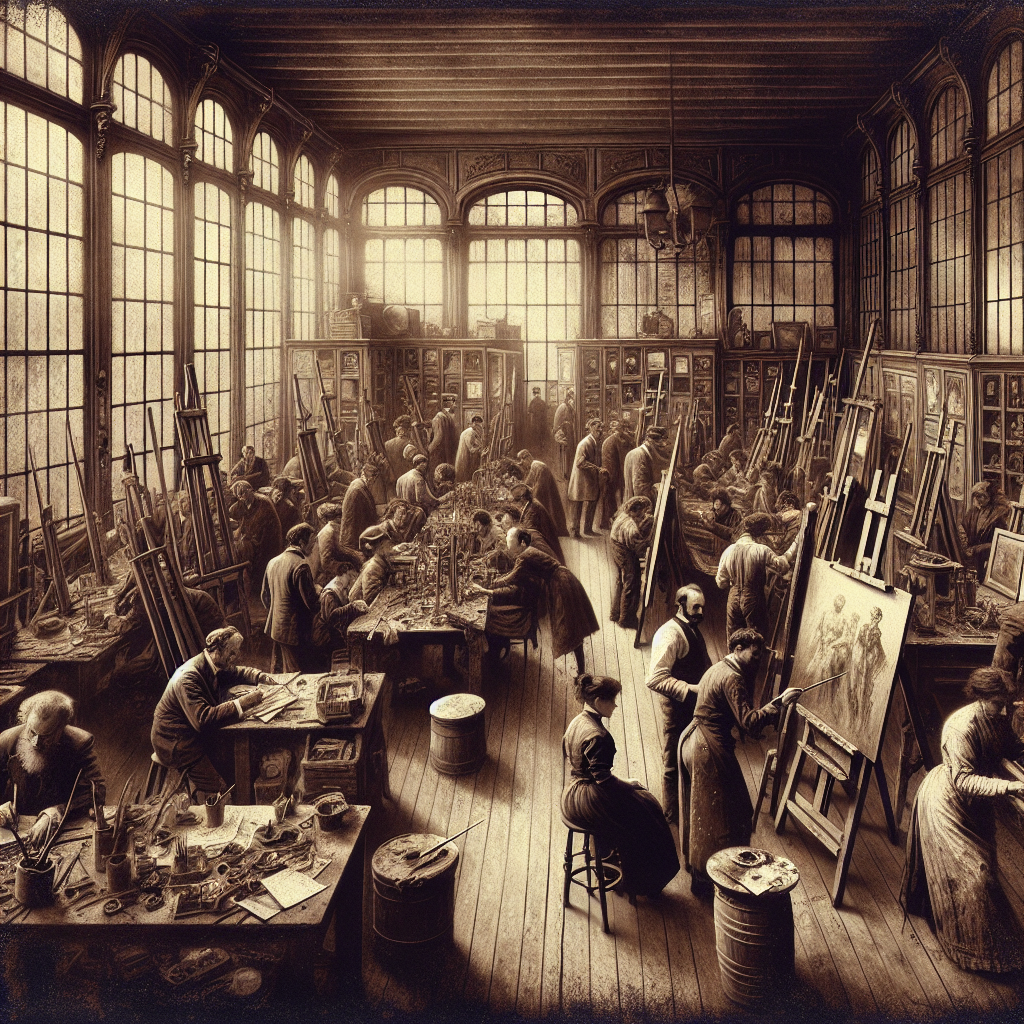The world of fashion is a vibrant tapestry, woven with threads of creativity, innovation, and influence. At its heart, the fashion designer stands as a pivotal figure, shaping and reflecting societal trends.
Historically, fashion designers were artisans, crafting garments behind the scenes. Their names were often unknown to the public. However, this dynamic has dramatically shifted over time.
The 20th century saw fashion designers stepping into the limelight. Icons like Coco Chanel and Christian Dior became household names, their influence extending beyond the runway. This was just the beginning of a significant evolution.
Today, fashion designers are not just creators but influencers. They command vast social media followings, set global trends, and even shape pop culture. This article explores this fascinating journey, tracing the evolution of fashion designers into influencers.
Join us as we delve into the past, examine the present, and speculate on the future of fashion designer influencers.
The Birth of the Fashion Designer
The role of the fashion designer has its roots in the ateliers of the 19th century. These artisans were skilled craftsmen, creating bespoke garments for the elite. Their work was highly valued, but their personal identities remained largely anonymous.
The turn of the 20th century brought a shift. Designers like Paul Poiret began to emerge as individual artists. They were not just making clothes, but creating a unique aesthetic. This marked the birth of the fashion designer as we know it today.
The influence of these early designers was profound. They set the stage for the likes of Coco Chanel and Christian Dior. These icons revolutionized fashion, introducing new silhouettes and styles that challenged societal norms.
This era laid the foundation for the fashion designer's role. It was a time of transformation, setting the stage for the evolution of the fashion designer into a figure of influence and prominence.
From Atelier to Runway: The Rise of Designer Fame
The mid-20th century saw a significant shift in the fashion industry. Designers were no longer confined to their ateliers. They began to step into the limelight, becoming household names. This was a departure from the past, where the focus was solely on the garments.
Designers like Yves Saint Laurent and Pierre Cardin became celebrities in their own right. They were not just creators of fashion, but also trendsetters and influencers. Their personal style and charisma were as much a part of their brand as their designs.
This rise to fame was not just about personal vanity. It was a strategic move. By becoming public figures, these designers were able to connect with their audience on a deeper level. They were not just selling clothes, but a lifestyle and a dream.
The Impact of Media on Fashion Designer Prominence
The advent of television and glossy magazines in the 20th century played a pivotal role in the rise of fashion designers. These media outlets provided a platform for designers to showcase their work to a wider audience. They were no longer just creators, but also personalities to be admired and emulated.
The media's portrayal of designers as glamorous and influential figures fueled the public's fascination with them. This increased visibility helped to elevate the status of fashion designers, transforming them into cultural icons. Their influence extended beyond the fashion industry, shaping societal norms and trends.
The Digital Age: Fashion Designers as Social Media Influencers
The rise of digital media and social platforms has revolutionized the fashion industry. Designers now have direct access to their audience, allowing them to build personal brands and cultivate a loyal following. They use these platforms to showcase their work, share their creative process, and engage with their fans.
This digital transformation has given birth to a new breed of fashion influencers. These designers leverage their online presence to promote their collections, collaborate with brands, and set trends. Their influence extends beyond the runway, shaping the way we perceive and consume fashion in the digital age.
The Power of Celebrity and Designer Collaborations
The symbiotic relationship between fashion designers and celebrities has significantly shaped the industry. High-profile collaborations have become a common strategy for designers to gain exposure and influence. These partnerships often result in unique collections that blend the designer's creative vision with the celebrity's personal style.
Such collaborations not only generate buzz but also influence fashion trends. They allow designers to reach a wider audience, while celebrities gain a platform to express their fashion sensibilities. This dynamic interplay has further solidified the role of fashion designers as influential figures in popular culture.
Fashion Designers Shaping Trends and Culture
Fashion designers play a pivotal role in shaping societal trends and culture. Their creations often reflect the zeitgeist, capturing the mood, values, and aspirations of a particular time. They have the power to influence not just what people wear, but also how they perceive and engage with the world around them.
Moreover, designers often use their platforms to advocate for social issues, further influencing cultural discourse. Whether it's promoting sustainability, championing diversity, or challenging gender norms, fashion designers have a significant impact on societal norms and values.
The Globalization of Fashion and Designer Influence
The globalization of fashion has significantly expanded the reach and influence of designers. Today, a designer's work can be seen, appreciated, and purchased by individuals across the globe, thanks to the power of digital platforms and e-commerce.
This global reach has also allowed designers to draw inspiration from diverse cultures, leading to a richer, more inclusive fashion landscape. It has opened up opportunities for designers from underrepresented regions to make their mark on the global stage, further diversifying the industry.
The Future of Fashion Designers as Cultural Icons
As we look to the future, the role of fashion designers as cultural icons is set to evolve further. With the rise of sustainable practices, technological advancements, and a renewed focus on inclusivity, designers will continue to shape not just our wardrobes, but our cultural and societal narratives as well.











0 Comments